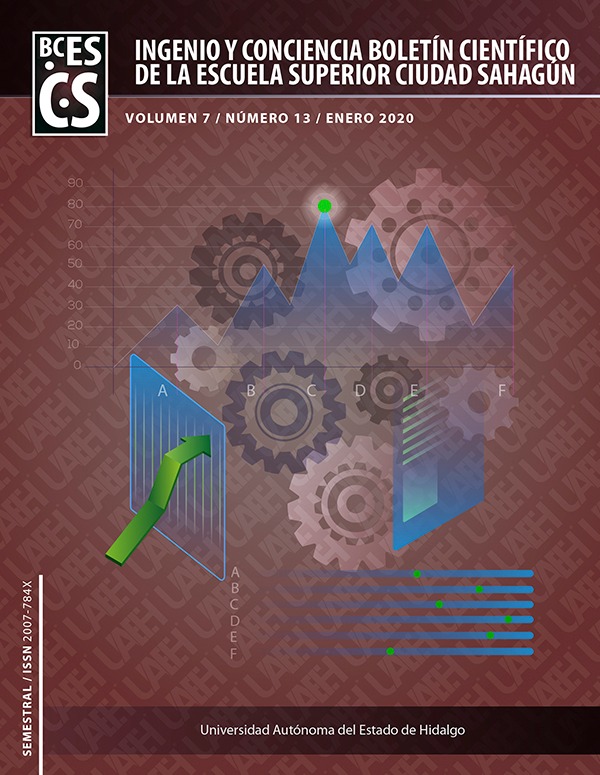Development of a Website with Hypermedia Design and Dynamic Design methodologies
Abstract
The use of a website contributes to the acquisition of knowledge, data management, storage and dissemination of information, through interaction with Information and Communication Technologies (ICT), as it is a tool for consultation and free access. Currently, the vast majority of institutions, from different branches, have a website, but there are also some that do not yet have this service, which generates in their customers or population to which they direct their services, ignorance of the activities performed and the services it offers and therefore non-fulfilment of its primary objective as an institution. Based on the above, the design of a website that provides users or customers of an institution, whose name is omitted at the request of the institution, will be developed in a timely manner and will allow interaction with the staff of that institution so that they satisfy their need and also the institution itself benefits economically and continuously improves its services.
Downloads
References
Aranda Acuña, E. M., Villalba, C., & Vázquez Noguera, J. L. (2018). Servidor de Terminología Médica para el Hospital de Clínicas de Paraguay utilizando Apache Lucene. Revista Cubana de Informática Médica, 10(2).
Barros, R. D., & Ubaid, C. M. (2019). Desarrollo de un sistema para el seguimiento de expedientes de equivalencias de la Sección Alumnos de la Facultad de Tecnología y Ciencias Aplicadas de la UNCa utilizando la Metodología Web OOWS.
Bazurto, J. C., Florencia, A., Rojas, A., & Solórzano, J. (2018). Arquitectura de aplicaciones distribuidas. Ciencia Huasteca Boletín Científico de la Escuela Superior de Huejutla, 6(11).
Bircher, C. (2017). Arquitectura Cliente-Servidor/Cliente-Servidor en Aplicaciones de Misión Crítica.
España, S., & Fernando, H. (2016). Documentación y análisis de los principales frameworks de arquitectura de software en aplicaciones empresariales (Doctoral dissertation, Facultad de Informática).
Fernández-Planells, A. (2016). Guía para la definición y creación de sitios web de calidad: evaluación y análisis comparativo a través del análisis experto. Revista Española de Documentación Científica, 39(4), 158.
Karian, Z. A., & Dudewicz, E. J. (2016). Distribution Fitting with the Quantile Function of Response Modeling Methodology (RMM). In Handbook of Fitting Statistical Distributions with R (pp. 585-589). Chapman and Hall/CRC.
Lorés, J., y Granollers, T. (2017). La Ingeniería de la Usabilidad aplicada al diseño y desarrollo de sitios Web. TENDENCIAS ACTUALES EN LA INTERACCIÓN PERSONA-ORDENADOR: ACCESIBILIDAD, ADAPTABILIDAD Y NUEVOS PARADIGMAS, 119.
Pedraza, R., Codina, L., y Guallar, J. (2016). Calidad en sitios web: método de análisis general, e-commerce, imágenes, hemerotecas y turismo.
Ríos, J. R. M., Ordóñez, M. P. Z., Tapia, J. A. H., & Moreno, A. S. G. (2016). Analysis Methodologies Web Application Development. International Journal of Applied Engineering Research, 11(16), 9070-9078.
Wakil, K., & Jawawi, D. N. (2017). Comparison between Web Engineering Methods to Develop Multi Web Applications. JSW, 12(10), 783-793.











